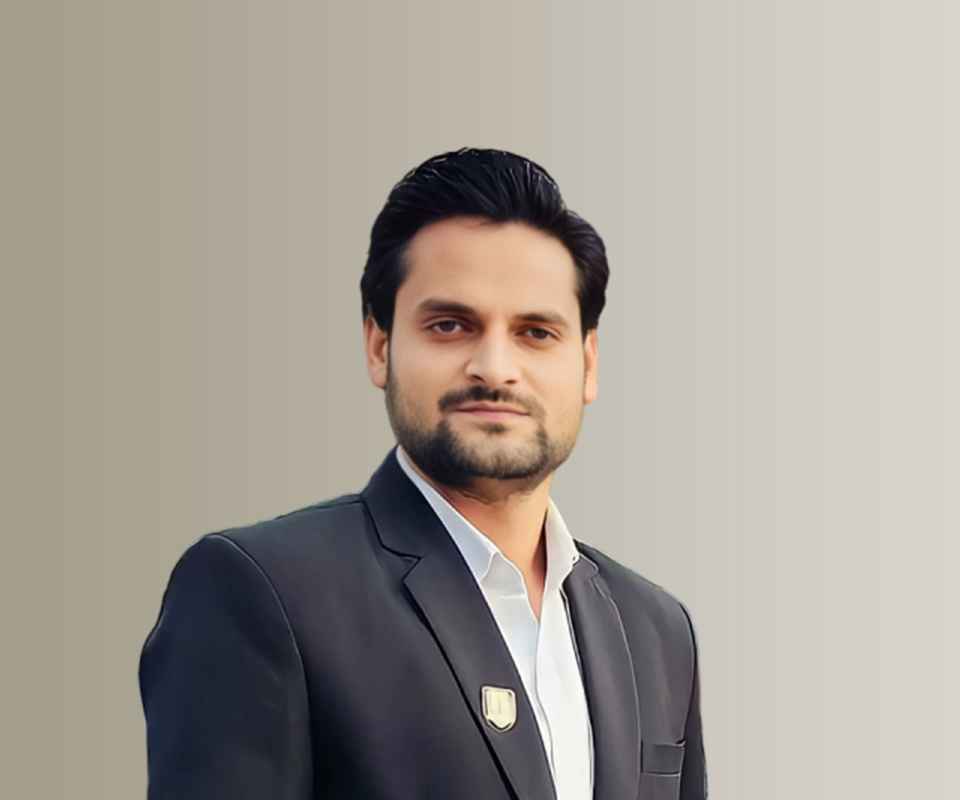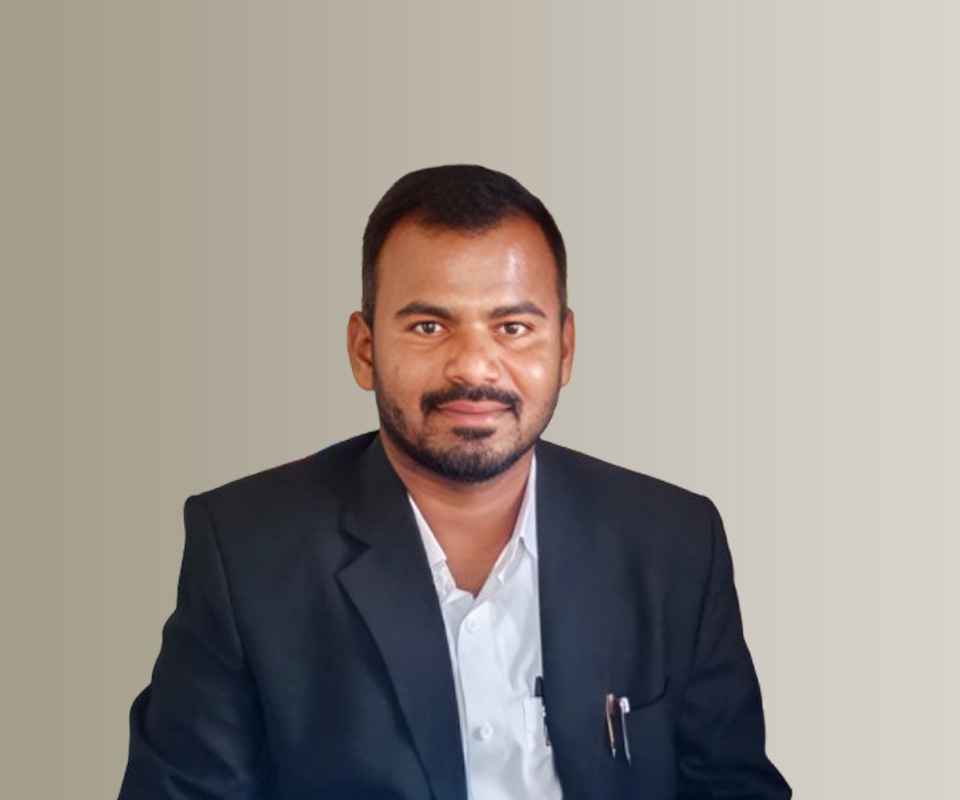Answer By law4u team
Doctors and healthcare professionals serve as crucial frontline defenders in identifying elder abuse. Their frequent and trusted contact with senior patients enables them to detect signs of abuse that may otherwise go unnoticed. Early recognition through medical assessment helps protect elders from further harm and initiates timely intervention.
Roles Of Doctors In Identifying Elder Abuse
Recognition of Physical Signs
Doctors identify unexplained bruises, fractures, burns, malnutrition, dehydration, or poor hygiene that may indicate physical abuse or neglect.
Observation of Psychological Symptoms
Signs like depression, anxiety, confusion, withdrawal, or fearfulness can point to emotional abuse or neglect.
Detailed Medical History Taking
Physicians inquire about injuries and medical complaints carefully to detect inconsistencies or signs of repeated harm.
Documentation and Reporting
Doctors document findings precisely in medical records and, where mandated by law, report suspected abuse to authorities or social services.
Collaboration with Multidisciplinary Teams
Medical professionals work with social workers, psychologists, police, and legal authorities to support investigation and provide holistic care.
Patient Advocacy and Support
Doctors counsel elder patients, educate families on elder rights, and guide victims to counseling or rehabilitation services.
Training and Awareness
Many doctors undergo specialized training to recognize elder abuse and understand legal responsibilities for reporting.
Legal Actions and Protections
Mandatory Reporting Laws
In many jurisdictions, doctors are legally required to report suspected elder abuse to protect vulnerable patients.
Use of Medical Evidence in Legal Cases
Medical reports prepared by doctors serve as critical evidence in prosecution of elder abuse.
Confidentiality and Ethical Care
Doctors balance patient confidentiality with the need to report abuse to prevent ongoing harm.
Example
A doctor treating an elderly patient notices repeated bruises and signs of malnutrition inconsistent with the patient’s explanation. Suspecting abuse, the doctor documents the findings in detail and reports the case to the local social welfare department. This triggers a protective intervention, ensuring the patient’s safety and medical treatment.







